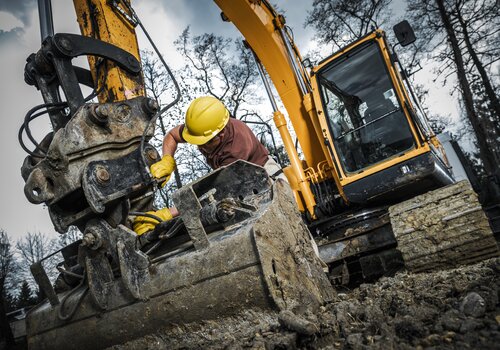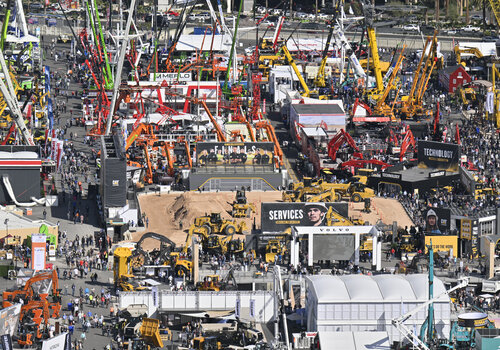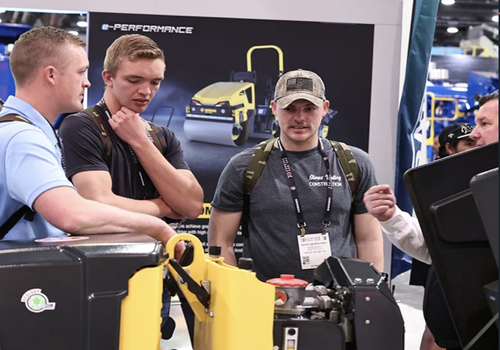When it comes to construction, cranes are the muscle behind the movement. Whether you're lifting steel beams, HVAC units or prefab panels, cranes make the heavy lifting possible. But with great power comes great responsibility—especially when it comes to crane load weights. Misjudging a load or ignoring safety protocols can lead to catastrophic accidents, costly delays and serious injuries.
Let’s break down what every contractor and construction worker should know about crane load weights and how to keep your job site safe and compliant.
Why Load Weights Matter
Crane load weight isn’t just a number—it’s a critical safety factor. Every crane has a maximum rated capacity, which is the most weight it can safely lift under specific conditions. Exceeding that limit can cause the crane to tip, collapse or drop the load. Even operating near the limit without proper setup can be dangerous.
The Occupational Safety and Health Administration (OSHA) and the Department of Transportation (DOT) both have regulations in place to ensure cranes are used safely. For example, OSHA’s standard 1926 Subpart CC outlines detailed requirements for crane operations in construction, including load chart usage, operator certification and ground conditions.
How to Read a Load Chart
Every crane comes with a load chart—think of it as the crane’s instruction manual for safe lifting. It tells you how much weight the crane can lift at various boom lengths and angles, and with different counterweights or configurations.
Here’s the kicker: the maximum capacity listed on the chart is under ideal conditions. Real-world factors like wind, uneven ground or a swinging load can reduce that capacity significantly. That’s why it’s essential to read the chart carefully and apply a healthy margin of safety.
According to the National Institute for Occupational Safety and Health (NIOSH), proper training in load chart interpretation is a must for all crane operators. Load Moment Indicators (LMIs) are also a valuable tool, providing real-time feedback on the crane’s lifting status and helping prevent overloads.
Legal Limits and Permits
In many states, the DOT regulates the movement of oversized or overweight loads. For example, the Georgia Department of Transportation (GDOT) allows a gross vehicle weight of up to 125,000 pounds for permitted loads under certain conditions. However, these permits come with strict rules about travel times, weather conditions and escort vehicles.
If your crane or its load exceeds legal limits, you’ll need to apply for a special permit. Failing to do so can result in fines, delays or worse—accidents that could have been prevented.
JOB SITE SAFETY TIPS
Ever seen a crane tip on video? It’s not something you want to witness in real life. Here are some practical tips to keep your crew and equipment safe:
- Always inspect the crane before use. Check for wear, leaks or mechanical issues.
- Verify the load weight before lifting. Don’t guess—use certified scales or manufacturer specs.
- Use the load chart and factor in real-world conditions like wind or slope.
- Communicate clearly with your rigging team and signal person.
- Never exceed the rated capacity, even by a small amount.
- Train your team regularly on crane safety and emergency procedures.
Crane safety isn’t just about following rules—it’s about protecting lives and livelihoods. Understanding crane load weights, using load charts correctly and staying within legal limits are all part of running a safe and efficient job site.
🏗️ Check out the articles Innovative Crane Accessories: Tools to Transform Your Lifting Solutions and Contractors Guide: How to Prepare for Tower Crane Success on Job Sites to stay sharp, stay safe and keep lifting smart.
📩 Share this article with colleagues to continue spreading safety knowledge.
Photo credit: SHUTTERSTOCK.COM/EDBELKIN












